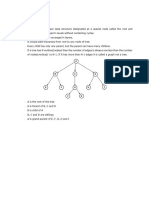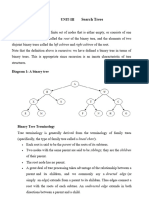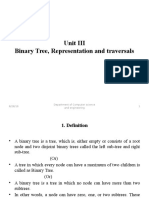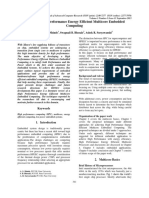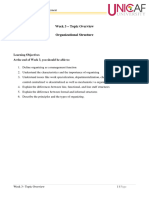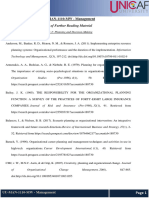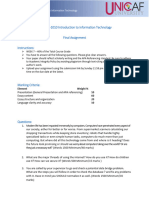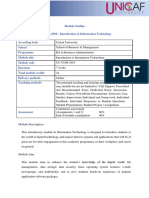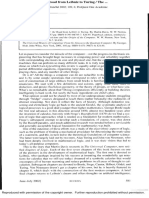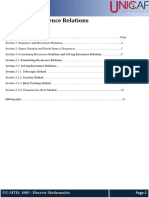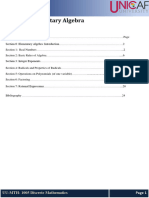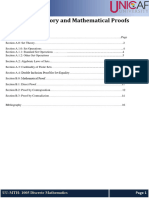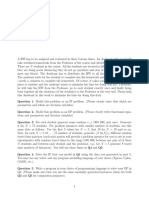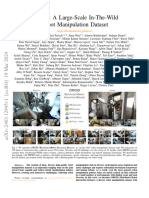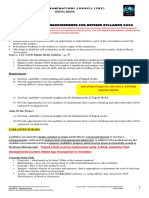0% found this document useful (0 votes)
31 views13 pagesWeek 7 - (Part B) Trees
The document discusses binary trees and related concepts over 4 sections. Section 1 defines trees and binary trees. Section 2 covers complete and extended binary trees, and representing binary trees in memory using arrays and linked lists. Section 3 discusses traversing binary trees using preorder, postorder and inorder traversal. Section 4 defines binary search trees and provides algorithms for searching, inserting, and deleting nodes.
Uploaded by
Game AccountCopyright
© © All Rights Reserved
We take content rights seriously. If you suspect this is your content, claim it here.
Available Formats
Download as PDF, TXT or read online on Scribd
0% found this document useful (0 votes)
31 views13 pagesWeek 7 - (Part B) Trees
The document discusses binary trees and related concepts over 4 sections. Section 1 defines trees and binary trees. Section 2 covers complete and extended binary trees, and representing binary trees in memory using arrays and linked lists. Section 3 discusses traversing binary trees using preorder, postorder and inorder traversal. Section 4 defines binary search trees and provides algorithms for searching, inserting, and deleting nodes.
Uploaded by
Game AccountCopyright
© © All Rights Reserved
We take content rights seriously. If you suspect this is your content, claim it here.
Available Formats
Download as PDF, TXT or read online on Scribd
/ 13



















